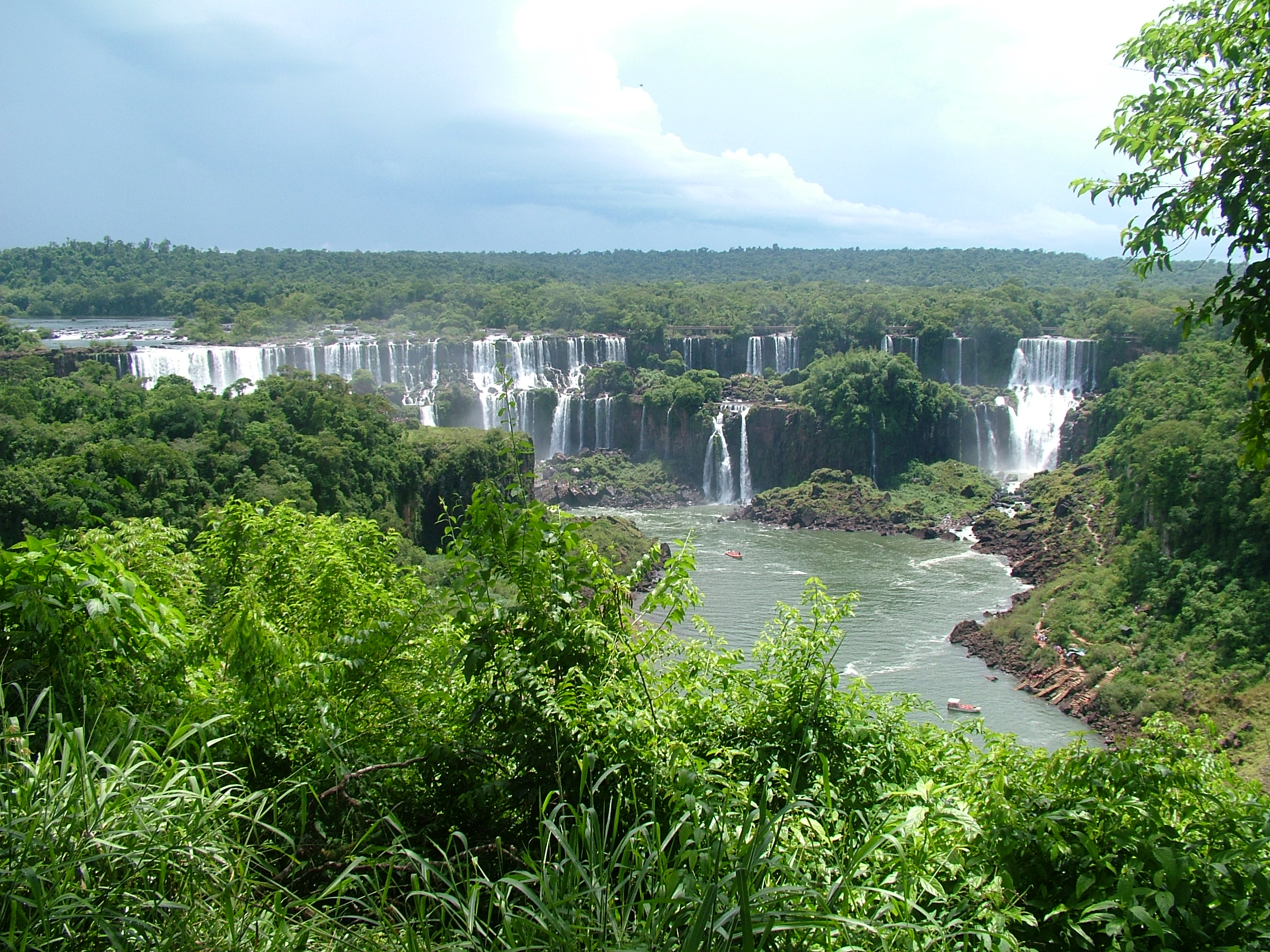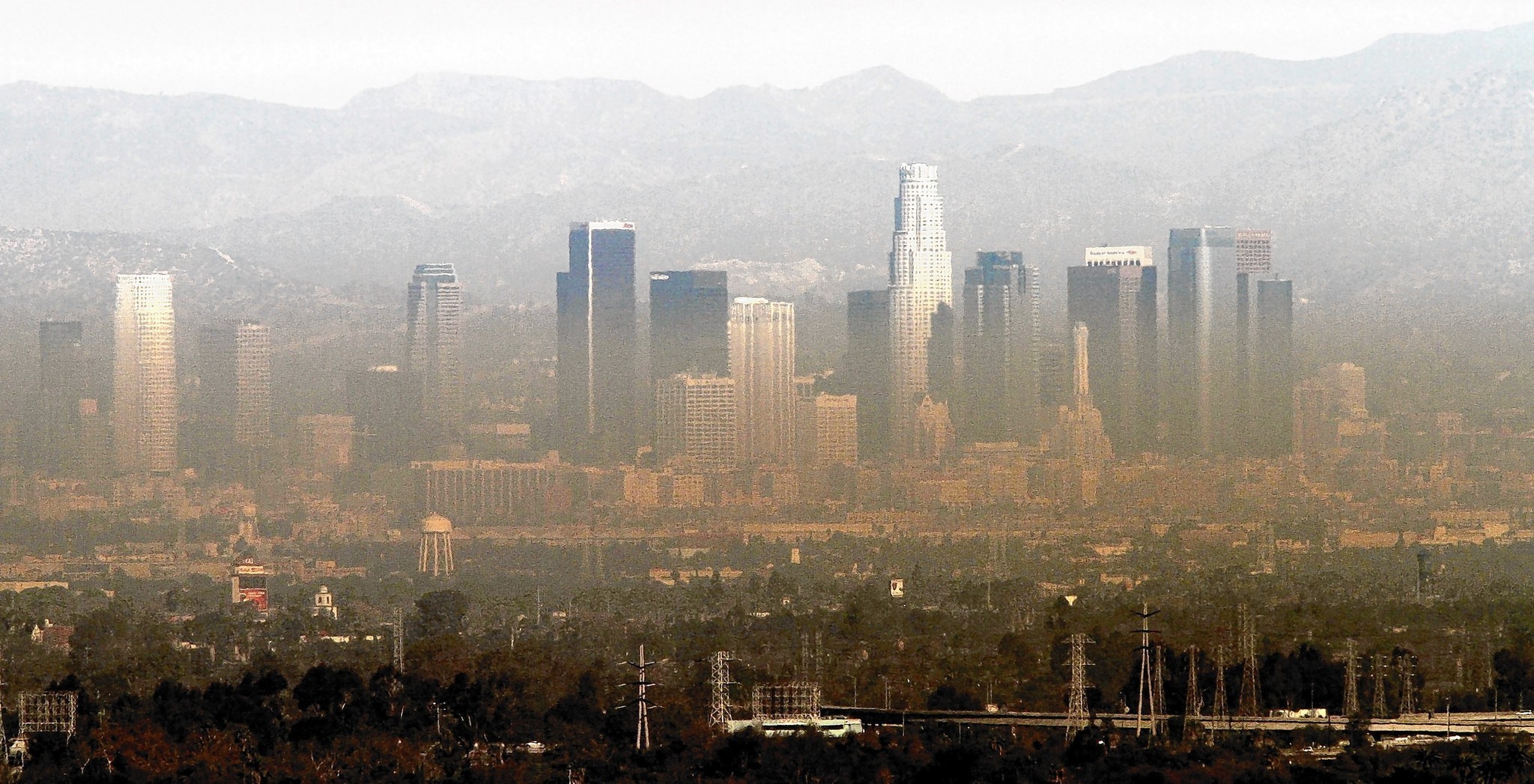Cari Tutti, mi ha fatto molto piacere ricevere dall’Università di Yale questa lettera in cui mi si chiede l’autorizzazione a pubblicare sulla rivista di quella Università (Yale Environment Review) un riassunto della pubblicazione che, con altri colleghi, tra cui alcuni del Brasile, abbiamo scritto in difesa delle foreste del Brasile, in particolare quelle dell’Amazzonia, che costituiscono un polmone per il nostro Pianeta in grado di liberare ossigeno e di assorbire anidride carbonica, contribuendo non poco a ridurre l’effetto serra e le correlate variazioni climatiche, che tanto stanno danneggiando la Terra ed i suoi abitanti animali ,tra cui l’uomo, e vegetali.
Saving the Amazon – or are we the ones who need saving?
Dear Professor Gennaro D’Amato,
A student writer from the Yale Environment Review (YER) has selected and written a review of your article, Climate change, allergy and asthma, and the role of tropical forests.
Please find attached the student-written summary of your research. Before we post this summary at https://environment.yale.edu/yer/we hope you’ll be interested in reviewing it for accuracy. We also appreciate any further edits and comments you suggest that we can pass on to the student writer. We find Microsoft Word’s track changes function under the review tab to be a particularly good way to do this.
If you would like to respond with any suggested edits, kindly send your comments as soon as possible, preferably by Wednesday, April 12th, 2017. We believe your article will be of interest to many people and we hope you check out the YER website soon.
YER HEADLINE: Saving the Amazon – or are we the ones who need saving?
SUMMARY DECK: #SavetheAmazon and #SavetheRainforest are campaigns well-known around the world – but do we have it backwards? A team of researchers and doctors suggest that, actually, the Amazon rainforest could save us. As our world experiences shifting weather patterns and increasing air pollution, rainforests could give us the leverage we need to stave off health effects like respiratory disease.
While the burning of fossil fuels accounts for roughly 75% of our CO2 emissions, deforestation is the second-largest source of human-caused CO2 emissions. Forests play a major role in controlling greenhouse gases by absorbing CO2 during photosynthesis. When we cut down forests, we reduce the planet’s ability to absorb what we emit. As the largest rainforest on the planet, the Amazon plays a critical role in mitigating climate change. However, there is much more going on than the invisible threat of climate change.
In a report published in the World Allergy Organization Journal, an international team of researchers led by Gennaro D’Amato, Professor of Respiratory and Allergic Diseases at the University of Naples
Highlight the role that the Amazon could play in reducing the health effects of climate change and air pollution. Airborne pollutants affect our respiratory system and can trigger asthma attacks, respiratory distress, inflammation of airways, chest tightness, and wheezing. Children suffer from these effects the most, and there is ongoing research into the long-term effects of early exposure to respiratory irritants.
Air pollution, and the human activities that produce it, is often considered a driver of climate change, but it can also be caused by climate change. Warming temperatures disrupt weather patterns and increase the occurrence of heat waves, droughts, forest fires, floods and storms. These weather events each pose different risks to human health. Thunderstorms, cyclones and floods produce sudden and powerful rain that releases airborne pollen particles, causing more frequent and severe asthma attacks for pollen-allergic asthmatics – especially during pollen seasons. Climate change and its drivers have also been directly linked to an increase in pollen. Warming temperatures lengthen the pollen season, allowing for plants to bloom earlier and longer. Also, plants absorb the extra CO2 in the atmosphere, accelerating their growth and pollen production.
Other weather events caused or exacerbated by climate change produce airborne pollutants; forest fires release airborne particulates and CO2, and heat waves increase the formation of ground-level ozone.
Studies have examined links between pollutants and have found that high levels of vehicle emissions are correlated with increases in allergic rhinitis (hay fever). For example, one study discovered that ragweed pollen in urban areas caused more severe allergic reactions than rural ragweed – the pollen was more potent because it had absorbed air pollution from nearby highways.
In addition to acute respiratory distress like asthma attacks and chest tightness, air pollution – from pollen, vehicle emissions, ozone and other irritants – is also linked to chronic respiratory diseases like asthma and allergic rhinitis. Children exposed to airborne particulates and traffic emissions have a higher rate of developing asthma and allergies to pollens and foods. Children are also more likely to need rescue medication in the event of respiratory distress.
So how can saving the Amazon help us? The researchers point to numerous studies that have shown that the world’s tropical rainforests are large carbon sinks – they absorb and store significant amounts of CO2. The Amazon is the largest rainforest on earth, and is therefore an invaluable carbon sink. Over the last few decades, deforestation in the Amazon has crippled the rainforest’s capacity to capture and store CO2. Efforts to protect and restore the Amazon simultaneously serve to protect and restore the world’s largest resource for CO2 sequestration. Some success has been achieved, due to Brazil’s efforts to protect the Amazon within its borders. However, more needs to be done, if not for the Amazon’s sake, then for ours.
The researchers recommend strategies to reduce air pollution and emissions: promote policies that support non-polluting energy, reduce traffic and vehicle emissions, improve mass transit, and design urban ecosystems using non-allergenic trees. The team acknowledges that there are political challenges to controlling air pollution and climate change, given the long-term and invisible nature of climate change. However they emphasize that their findings support urgent action for the sake of human health for people today – particularly for the current and next generations of children who are most susceptible to respiratory emergencies.
Readability Test Results
Average Grade Level 14
Percent of Complex Words 20.08%
Average Words Per Sentence 21.24
Original Article:
D’Amato, G., Vitale, C., Rosario, N., Neto, H.J.C., Chong-Silva, D.C., Mendonça, F., Perini, J., Landgraf, L., Solé, D., Sánchez-Borges, M., Ansotegui, I. & D’Amato, M. (2017, March). Climate change, allergy and asthma, and the role of tropical forests. World Allergy Organization Journal. DOI: 10.1186/s40413-017-0142-7
Original Author contact:
Gennaro D’Amato gdamatomail@gmail.com
Article URL: https://waojournal.biomedcentral.com/articles/10.1186/s40413-017-0142-7
Facebook and Twitter: #SavetheAmazon – Or are we the ones who need saving?
Shutterstock ID 473779816
URL https://www.shutterstock.com/image-vector/human-lungs-respiratory-system-healthy-light-473779816?src=dl0bG14fm8jnGfXzU11ufA-2-77
Tags:
Climate change
Deforestation
Ecosystem Conservation
Forests
Society and Environment




